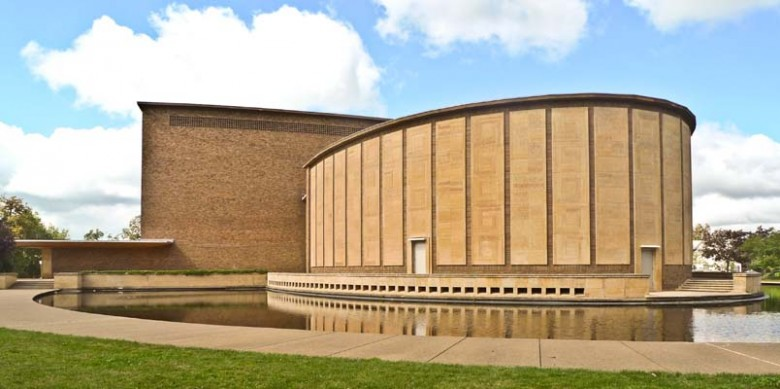You would expect to see San Francisco's MOMA, Chicago's John Hancock Center, and the Whitney Museum in New York City on nearly any architectural itinerary. But an entire city?Buffalo boasts so many architectural gems that the editors simply said "Go there!"
Curbed.com "assembled a list of some of the best tours, sites and buildings for architecturally-minded travelers to add to their itinerary" in its Curbed's Guide to Architectural Tourism Across the Country by Patrick Sisson on May 27, 2016.
Number 31 is Buffalo, New York.
"It may seem unfair to single out an entire city, but as Curbed feature A Buffalo Case Study: Can Architecture Bring a City Back? by Alexandra Lange demonstrates, Buffalo is truly in a league of its own concerning late 19th and early 20th century architecture. "Architecture serves as both a safety net and growth engine in Buffalo, which, thanks to a booming turn-of-the-last-century economy has one of the best collections of late-19th and 20th century architecture and urban fabric in the country. Louis Sullivan, Daniel Burnham, Frank Lloyd Wright, H.H. Richardson, and the Saarinens (both father and son) all did superlative work here before the second World War, as did native son Gordon Bunshaft of Skidmore, Owings & Merrill in the midcentury."
A resounding recommendation by a well-respected source.
But wait, there's more. Don't just scroll down to Number 31. This list contains some wonderful gems for Buffalo architecture afficionados:
No fewer than five Frank Lloyd Wright treasures that are not in Buffalo grace the list: Number 5 is the David & Gladys Wright House in Phoenix; Number 11 is the Frank Lloyd Wright Hollyhock House in Los Angeles; Number 45 is Taliesin West in Scottsdale, AZ; Number 50 is Fallingwater in Mill Run, PA; and Number 53 is Frank Lloyd Wright's Spring House in Tallahassee, FL.
H.H. Richardson fans should check out Number 42, the John J. Glessner House by H.H. Richardson in Chicago, and Number 62, Richardson's massive Trinity Church in Boston.
Number 48, the Biltmore Estate in Ashville, NC, is the largest private residence ever built in the U.S. and its grounds were designed by Frederick Law Olmsted.
Note also Number 61. The Sagamore Hill National Historic Site, Theodore Roosevelt’s Long Island home, reopened its doors to the public last summer, after undergoing an extensive restoration project.
And Number 63 is the Gateway Arch in St. Louis. Did you know that this 630-foot-tall catenary arch, which is still the world’s tallest, was designed by Eero Saarinen?
But don't limit your read to great buildings and monuments. There are some fine examples of repurposing land in onnovative ways to create parks.
Number 7 is the new 606 Park in Chicago. It's an abandoned elevated rail track turned showcase park that "offers a new view of the city" and welcomes both bicycles and pedestrians. Sounds a great deal like New York's Highline, but it could also serve as yet another model for the repurposing of Buffalo's Skyway into a pedestrian- and bike-friendly park connecting the inner and outer harbors.
Take a look also at Number 60, Gas Works Park in Seattle. "A revolutionary creative reuse project, this Seattle park, designed by architect Richard Haag, reimagined a coal gasification plant on the city’s waterfront as an active park and children’s play place. Landscaping and repurposing of different sections of the abandoned industrial facility have made this one of the more unique parts of the city’s landscape." Could this be a model for the admittedly contaminated Bethlehem Steel grounds between Route 5 and Buffalo's ever more beautiful waterfront?
All 63 entries on this fascinating list are worth a glance. Perhaps some are already on your travel itinerary, or will expand the scope of where you plan to go.
Or you could just join Curbed.com readers in Buffalo and try to see every architectural gem that graces our fair city. It would take months.

